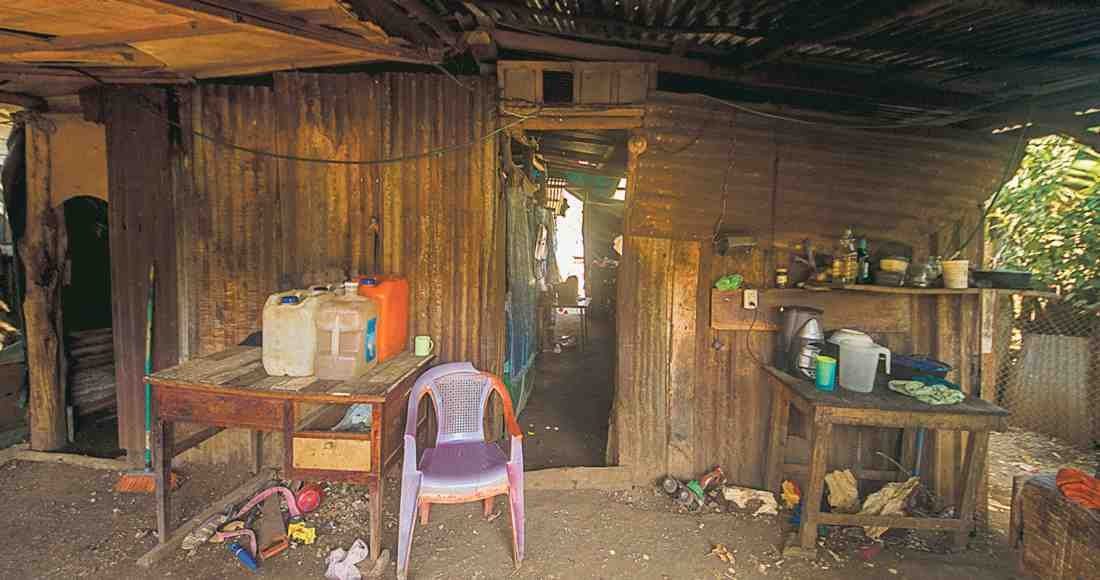
According to the latest State of the Nation 2017 report, presented by the State of the Nation Program (PEN), overall poverty and extreme poverty in the Chorotega region have been falling since at least the mid-1990s.
In the last two years, those positives numbers stand out. Using data from the National Survey of Homes (Enaho) by the National Census and Statistics Institute (INEC) it points out that poverty fell from affecting 33.2% of homes in 2014 to 23.6% in 2016.
READ: Seven Facts that Measure Guanacaste’s Prosperity
In the last year alone, the region reported the biggest drop in extreme poverty in the country (2.7 percentage points). Extreme poverty fell from affecting 8.6% of homes in 2016 to 5.9% in 2017.

In other regions such as the Central Region or the Central Pacific the reduction was 0.3 and 0.4 percentage points, respectively.
What makes them less poor?
There is no robust evidence that justifies the significant change in the last two years, according to Leonardo Merino, research coordinator for State of the Nation.
In his opinion, the strongest hypothesis that explains the results is an adjustment in methodology that INEC made to its surveys.
READ: Higher Education in Guanacaste Still Emphasizes Traditional Majors
“What is known is that the province is more urban and has an economy more linked to services,” Merino said.
However, two possible causes that could be influencing the reduction in poverty are pointed out in the study.
READ: Four Ways to Decrease Unemployment During the Low Tourist Season in Guanacaste
The first is an increase in household income in Guanacaste, but that isn’t thanks high quality jobs.
For example, women seem to be joining the labor force more, but in domestic service jobs. In other words, they bring money into the home, but from a job that lacks social protection.
Furthermore, it mentions an increase in the aid that the government gives families with the fewest resources.
Nationwide, the weight of state aid and scholarships that the government gives the poorest families in the country grew from 17% in 2016 to 19% this year.
This last reason sounds the alarms for researchers because dependence on social aid tends to be a fragile solution to keeping the numbers positive.
“For the state to continue with that aid, it requires the government to have revenue to finance its assistance programs,” Merino concluded. “In other words, it needs good political and fiscal scenarios so that this can be sustainable through time.”







Comments